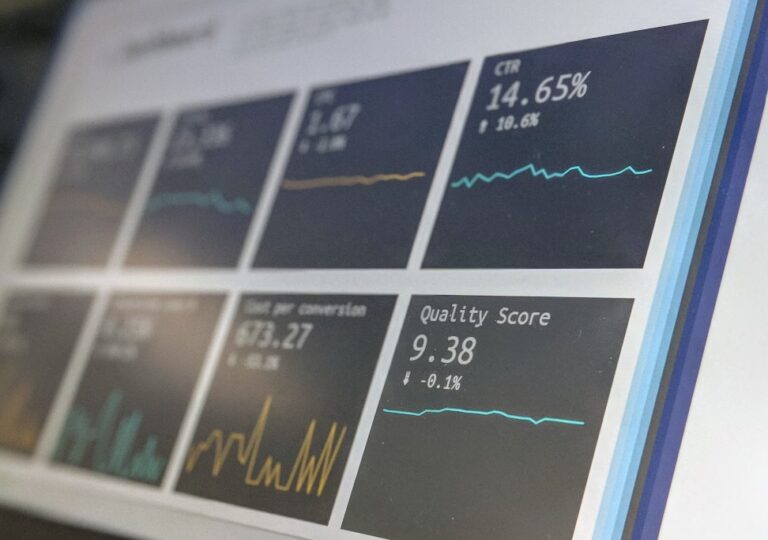Airbag certificates are a financial instrument proposed by banks as an alternative to bond investment, given the similarities with the latter.
In fact, airbag certificates are low risk and specifically dedicated to investors with a low risk appetite.
Table of Contents
What are Airbag certificates
The peculiarity of these certificates is precisely the airbag effect which allows the investor to reduce losses if the performance of the underlying, i.e. the financial asset to which the certificate refers, is largely negative.
In the event of a loss, airbag certificates are conditionally protected capital certificates. I.e. in the event of negative performance, the investor will receive back the sum invested for signing the certificate, less the premiums to be paid to the bank for maintaining the position.
There is therefore a barrier level, i.e. a threshold that is set when signing the certificate, below which the performance is considered negative.
The barrier level
The barrier level is generally placed below the strike. I.e. the value of the underlying at the time the certificate is subscribed. If the underlying were to end in the area between the strike and the barrier level, the investor’s profit, like the loss, would be nil, except for the premiums, even though the underlying actually had a negative performance.
However, the capital could be at risk in the event of a very negative performance of the underlying, i.e. when the barrier level is exceeded. In this case we could count on the airbag effect, which would partially save the invested capital.
The latter depends on the airbag ratio, i.e. the relationship between the strike and the barrier level, but to better understand how it works let’s take an example.
Example
Let’s assume that an investor subscribes to an airbag certificate in a bank with the price of oil underlying it, which at the time of issue is equal to $50.
The investment is $10,000, therefore the multiple, i.e. the quantity of the underlying contained in the certificate, is 200, while the duration of the certificate is 2 years. The barrier level is set at $40, which corresponds to 80% of the strike value, while the airbag ratio is 1.2.
At the end of two years we could have the following hypotheses:
- The price of oil is equal to $60, achieving a growth of 20%. The investor therefore has a gross profit of $2,000, since the current price multiple is $12,000, while the initial investment was $10,000;
- Oil is valued at $45, thus suffering a depreciation, without however reaching the barrier level. The saver will simply receive the invested capital back, only losing the premiums paid to the bank over the two years;
- The price of oil falls to $30, going below the barrier level. The negative performance is 40% and the loss without the airbag effect would therefore be $4,000. However, the airbag ratio saves a part of the investor’s capital and the loss is reduced to $2,800. In fact, the mathematical calculation to be done is the following:
value of the underlying * multiple * airbag ratio
$30 * 200 * 1.2 = $7,200
Subtracting $10,000 from the latter we obtain the aforementioned $2,800.
The advantages of Airbag certificates
As we can see, the advantage of Airbag certificates consists in mitigating losses in the event of excessively negative performance. In fact, in the case of the example, the investor, in the case of hypothesis n. 3, he would have saved as much as $1,200, which corresponds to 12% of the initial invested capital.
The disadvantage, however, consists in not being able to obtain any bonus in the event of a positive performance, in addition to the gain deriving from the performance of the value of the underlying, as happens in other types of certificates, which however do not benefit from the airbag effect.
We remind you that the values shown in the examples are gross and therefore do not take into consideration the premiums to be paid to the banks, which vary depending on the banking institution you turn to. Furthermore, the example does not take into account the taxation on financial income.
Read also: 15 terms to know in the world of investments












